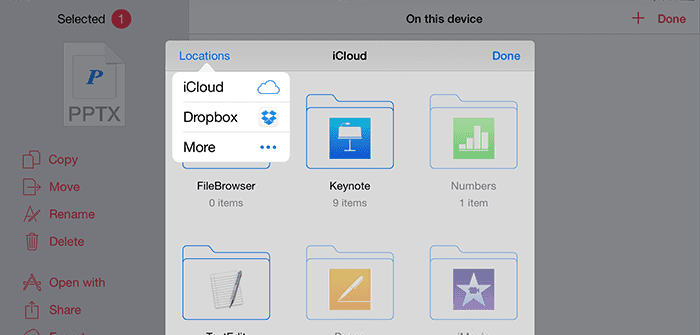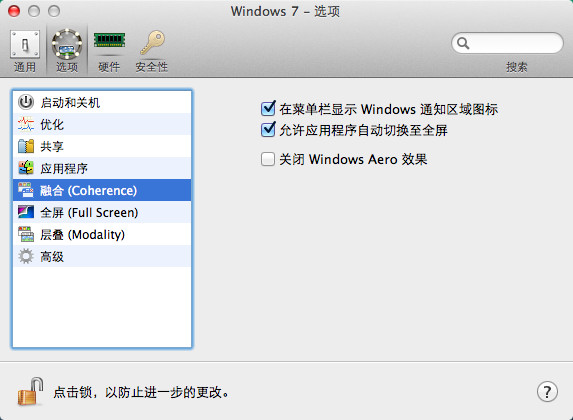

- #Parallels desktop coherence how to
- #Parallels desktop coherence for mac
- #Parallels desktop coherence mac os x
Somehow, I got it in my head that maybe Coherence mode didn't like the rotated display. This is where those weird tingling feelings sometimes come to the rescue. The 13 best Prime Day robot vacuum deals: iRobot, Shark, and more

I uninstalled the Mac DisplayLink driver and reinstalled it. So when the power failed, the iMac shut down. I had already ordered a bigger UPS to handle all the power my new configuration was sucking from the wall, but it hadn't arrived yet. This time, it worked! Then it all goes to crapĪnd then we had a power failure (our third in three days) and the whole thing crashed. But after I turned off mirroring in the Display Arrangement panel, and moved the monitor layout around to properly represent my layout, I once again tried Coherence. This completely confused the Mac, and all four monitors came up in 1024x768 mode and they all mirrored each other. Back to the system I went, found that there was, indeed, a DisplayLink driver that could be installed, installed it, and rebooted.
#Parallels desktop coherence mac os x
I didn't recall installing a driver for the DisplayLink on the Mac OS X side.

I stepped away, found a leftover sandwich in the fridge, and thought on this for a while. So I went to the DisplayLink site and downloaded the Windows drivers. The Coherence mode worked until I added the USB-to-HDMI connected DisplayLink device. And if there's no working driver, then Windows can't go into Coherence. The Parallels support representative told me that when in Coherence mode, Windows has to handle some more of the hardware driver responsibilities, rather than relying on the Mac. Unfortunately, I kept getting an "Unable to switch to Coherence" message, stating that: "The virtual machine configuration could not be applied."Īfter a very pleasant but ultimately unproductive support call to Parallels, I was almost ready to call it quits. My first attemptĪt first, it looked like I was going to lose out on one of my goals: to have Windows applications and Mac applications coexist side-by-side in their own windows without having to switch into and out of the Windows desktop. This is about the most complex environment Coherence has to handle. To make matters worse, I have one Thunderbolt monitor, I have one monitor connected via a USB-to-HDMI connection, and I have one monitor connected via DisplayPort-to-DVI that's then been rotated 90-degrees. While Coherence generally works fine for users with one monitor, the boards are chock full of stories of people with a second monitor having problems - and I have four monitors. It's doing some serious magic to let those environments coexist as if they were one system when they're completely different environments.

Parallels gets a little fussy in Coherence mode. I use applications and resources from both Mac and Windows and I wanted to be able to move between them quickly and easily.
#Parallels desktop coherence for mac
Rather than, for example, running on a Windows 8.1 desktop, you can run on the Mac desktop and some windows can be for Mac applications and some for Windows applications.Īs the video above demonstrates, this is what I needed. Coherence mode allows application windows to coexist side by side. Key to this is something Parallels calls Coherence mode.
#Parallels desktop coherence how to
How to decide if it's time to upgrade to OS X Yosemite


 0 kommentar(er)
0 kommentar(er)
